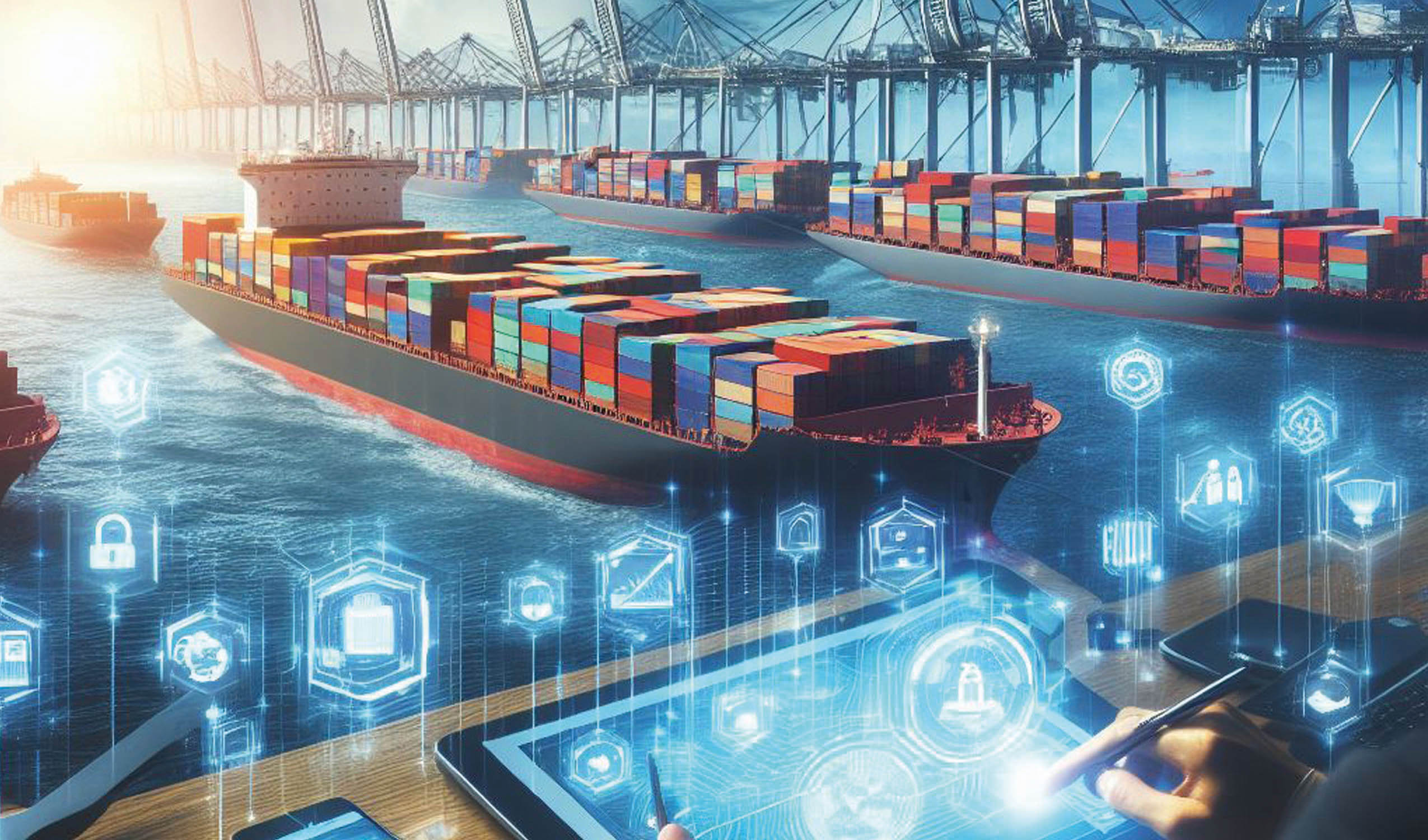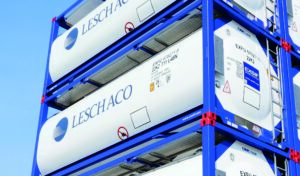
Dangerous goods logistics is a question of competence and trust
Oliver Oestreich has been a member of the Leschaco Group’s management team since 2003. As Chief Operating Officer (COO), he is responsible for the global sea freight forwarding business, sales in the chemical and automotive sectors and for quality management, environment, compliance and safety. He knows the challenges of dangerous goods logistics, their development over the past twenty years, but also the current trends like few others in the international logistics industry. In April 2024, he will retire after a long career. He has already been preparing his successor Nils Fahrenholz for his new tasks for several months. For the dangerous goods logistics blog, Oliver Oestreich took the time to talk to Michael Kausch in detail about the current challenges in dangerous goods logistics and the most important markets.





